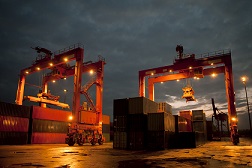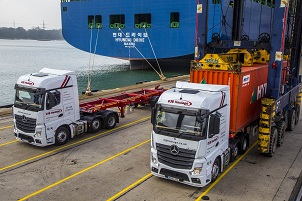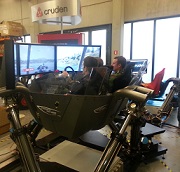JLT Mobile Computers, Swedish developer and manufacturer of rugged computers for demanding environments, has joined the Navis Ready Partner Program and will initiate validation of its rugged vehicle-mount computers against the Navis N4 terminal operating system. Validation of JLT hardware is expected to be completed soon and will underline that the JLT products deliver the best possible performance and reliability in the most challenging working environments.
The Navis Ready Program is a validation program for suppliers of different technologies designed to operate within a marine container terminal operating environment. All devices designated Navis Ready have been tested in a simulated environment to ensure that specific messages have integrated effectively with a specific release of Navis N4 terminal operating system (TOS).
JLT mobile computers are already used extensively in this environment and by becoming validated under Navis Ready, both existing and future customers will be assured that the hardware and software have not only been designed to work together but have been validated to provide an optimal customer experience.
Confidence boost
Validation is an important endorsement of quality and reliability. Shipping ports and terminals win and maintain business based on their up-time and their efficiency in moving containers from ship to shore and then onto their final destination. Reliable and efficient IT equipment is a critical element in the overall communication infrastructure, and instrumental in delivering quality of service.
Whether tracking cargo through a port or enabling the automation of processes or equipment, the demands on computer hardware and wireles connectivity in ports are substantially higher than in the average operating environment. Validation and acceptance into the Navis Ready Program will demonstrate that JLT mobile computers meet and exceed these demands.
“We are experiencing an acceleration in the number of customers within the port segment using our rugged computers,” said Per Holmberg, CEO, JLT Mobile Computers. “By collaborating with Navis, whose terminal operating system is used by the world’s leading container terminal operators, we can demonstrate that our solutions comply with Navis Ready requirements, providing an extra level of confidence to our customers.”




